Alocasia Stingray – Elephant Ear
£14.99 Original price was: £14.99.£10.49Current price is: £10.49.
- Shop with ease, buy with confidence.
- Shop with Ease
- Buy quality, buy with us.
- Protect Your Wallet with Safe Payments

The Alocasia macrorrhiza Stingray has large, uniquely shaped leaves that resemble the wings and tail of its namesake. The distinctive, dappled colouring of the stem adds further interest.
If you are looking for something a little different then this wonderful plant should is one for you.
Alocasia macrorrhiza Stingray Care & Info Guide
Horty Hints
Turn up the heat! A tropical houseplant, the Alocasia Stingray thrives in temperatures between 18-22C.
Location location location! Kitchens and bathrooms are the ideal spot for Alocasias as they will love the raised humidity levels.
Beware the burn! Avoid placing your Alocasia in direct sunlight as this can cause the leaves to scorch.

Light
Thrives in bright, well-lit conditions, however direct sunlight should be avoided as it will scorch the leaves. Alocasia do not benefit from shade, and will begin to suffer if light is too low.

Watering
The Alocasia’s soil should be kept moist with warm water. Do not allow the soil to dry-out but be wary not to overwater. Alocasia undergo a period of dormancy during the winter, where leaves will drop and the plant might die back altogether. Less water is required during this phase.

Temperature
Alocasia macrorrhiza Stingray needs to be kept warm. Normal room temperature is ideal: between 18-22°C. Avoid cold draughts.

Humidity
Requires an environment with above average humidity. Mist frequently for best results. If it needs a boost, pop it near the shower or in the kitchen for a while.

Feed
Apply a slow release fertiliser once a month during the growing season.

Height & Growth Rate
Alocasia are a fast growing plants if conditions are right and their needs are met. The macrorrhiza Stingray will usually rise to around 1-1.2m high.

Toxicity
Alocasia are harmful if eaten and are a skin and eye irritant. Keep out of reach of children and animals.

Origin
Alocasia macrorrhiza Stingray is a native of South East Asia.
| SIZE: Pot Diameter x Total Height | 11 x 40cm, 13 x 40cm, 17 x 65cm, 24 x 100cm |
|---|
Be the first to review “Alocasia Stingray – Elephant Ear” Cancel reply
Related products
HOUSEPLANT STYLES
HOUSEPLANT STYLES
HOUSEPLANT STYLES
HOUSEPLANT STYLES
HOUSEPLANT STYLES
Ficus Elastica Abidjan – Burgundy Rubber Plant – Straight Stem
HOUSEPLANT STYLES
HOUSEPLANT STYLES
HOUSEPLANT STYLES


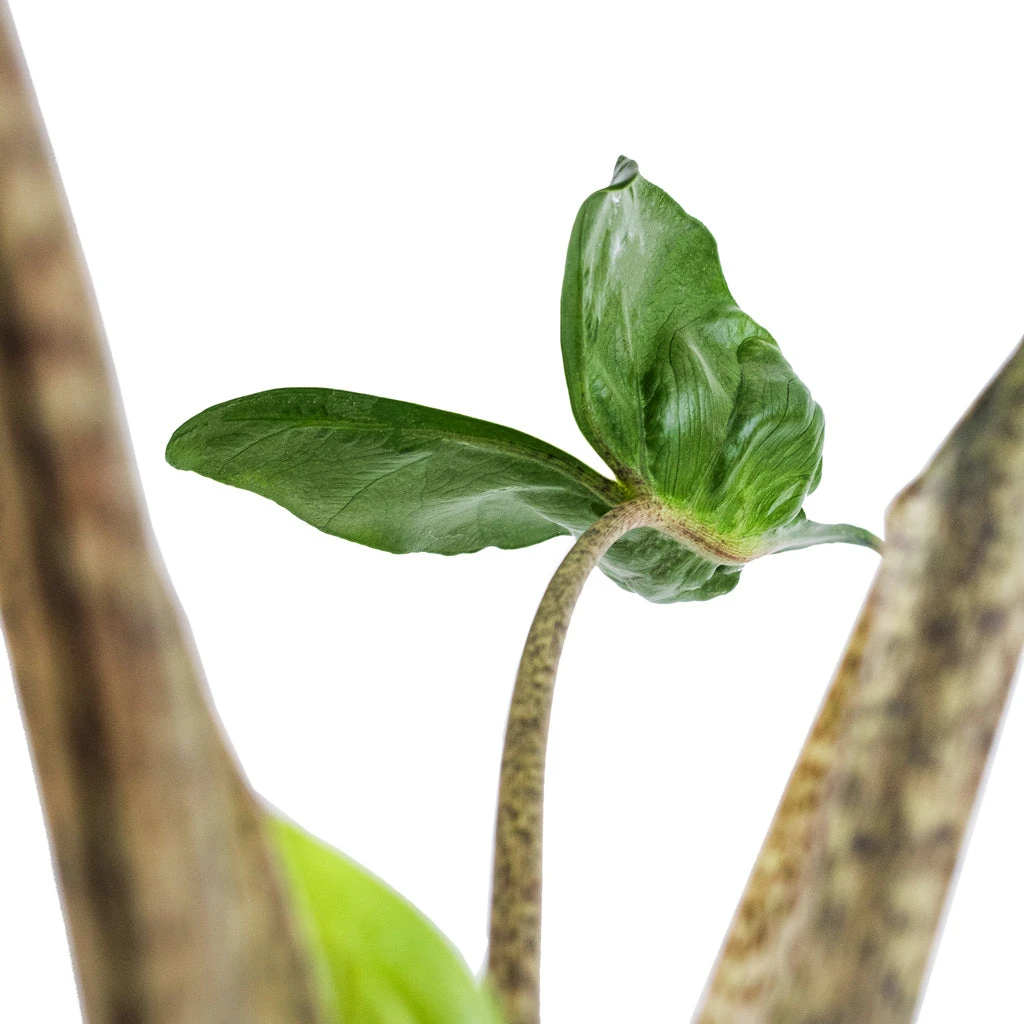
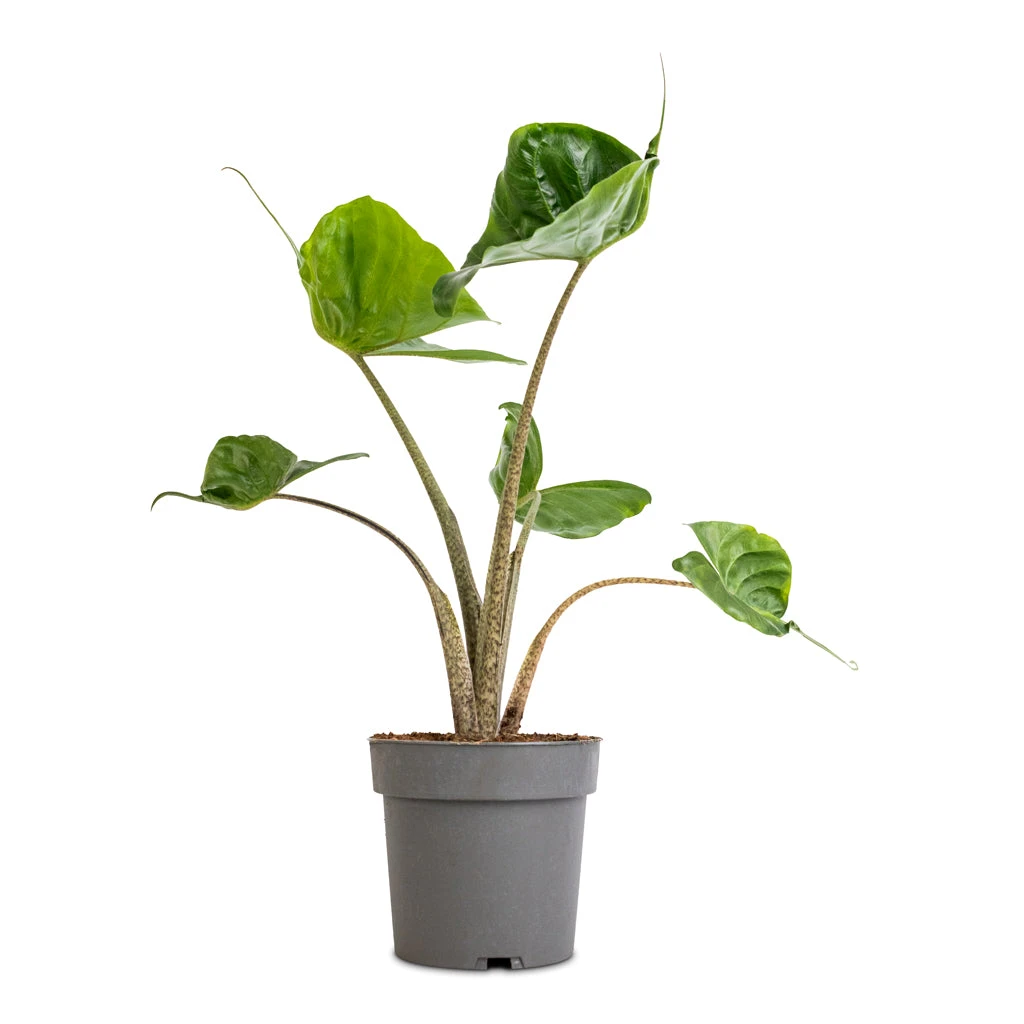
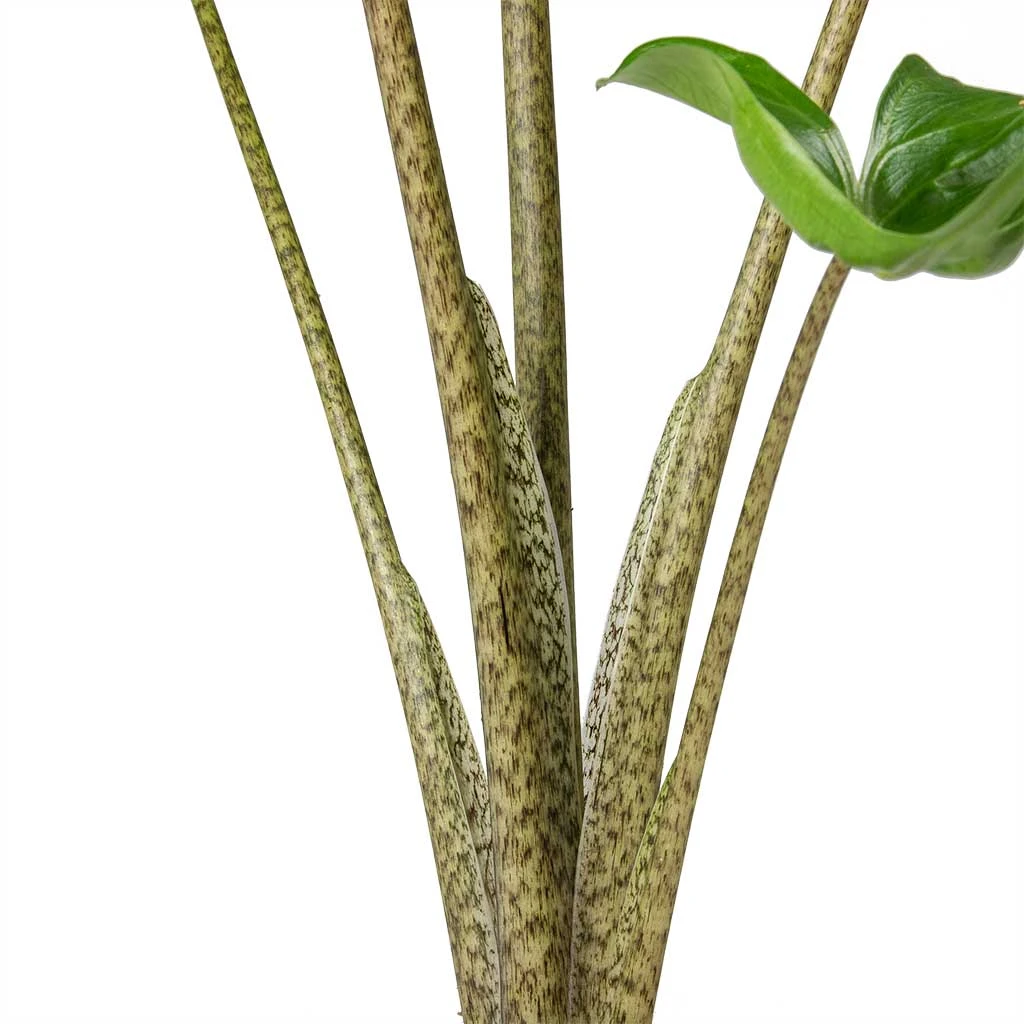

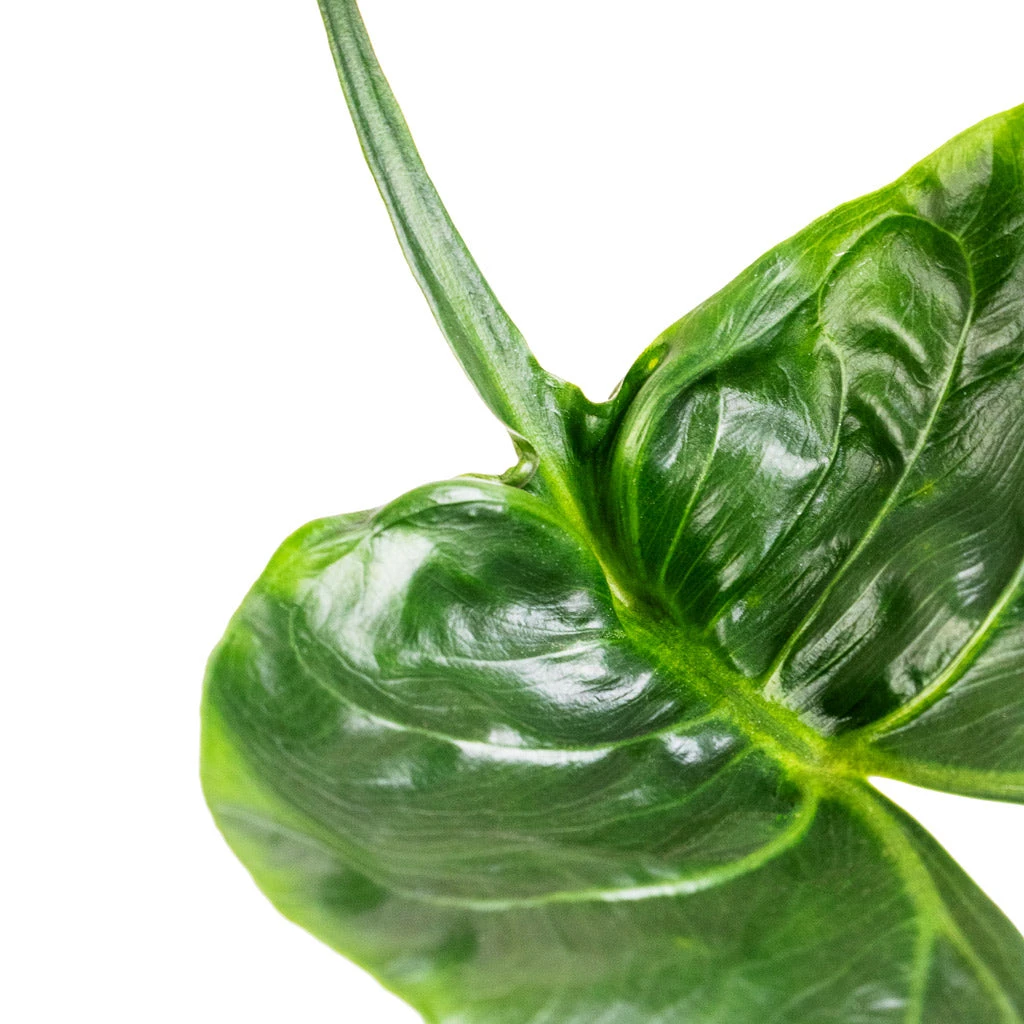

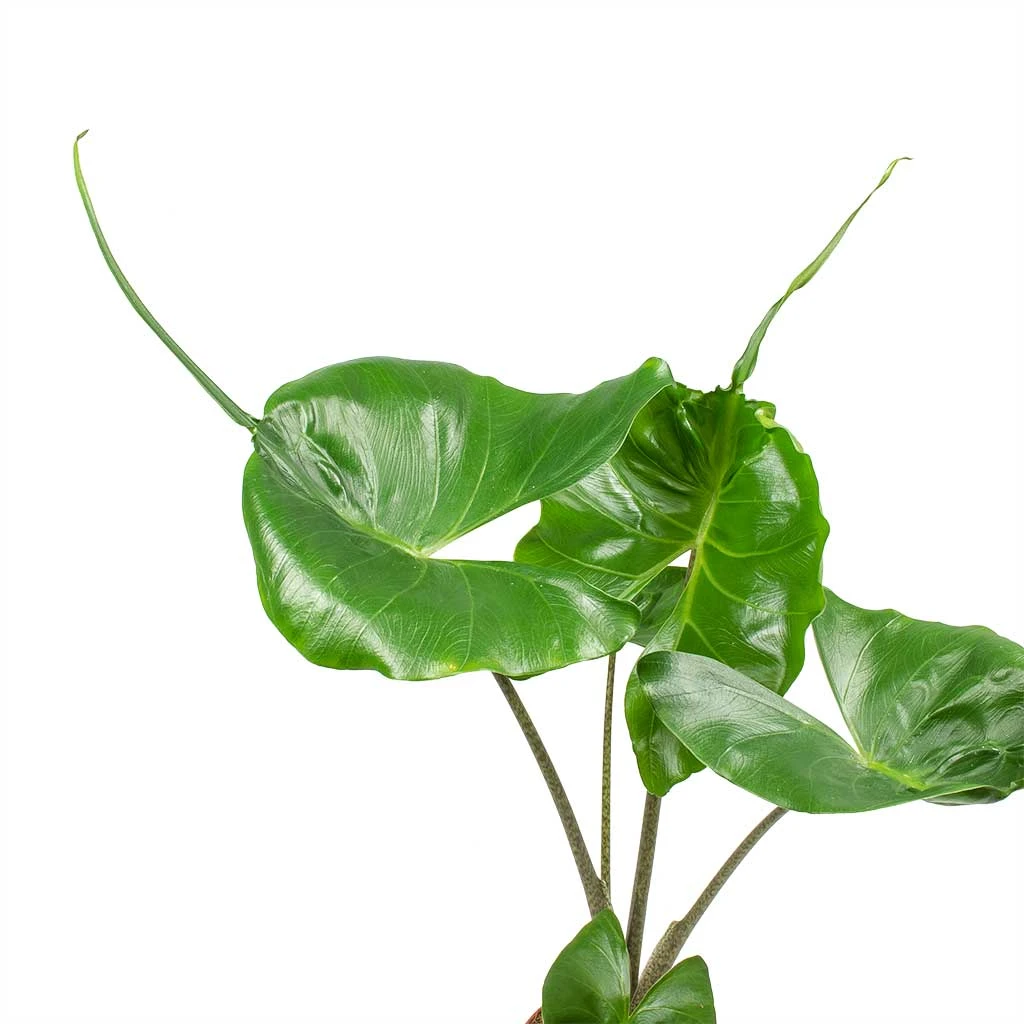
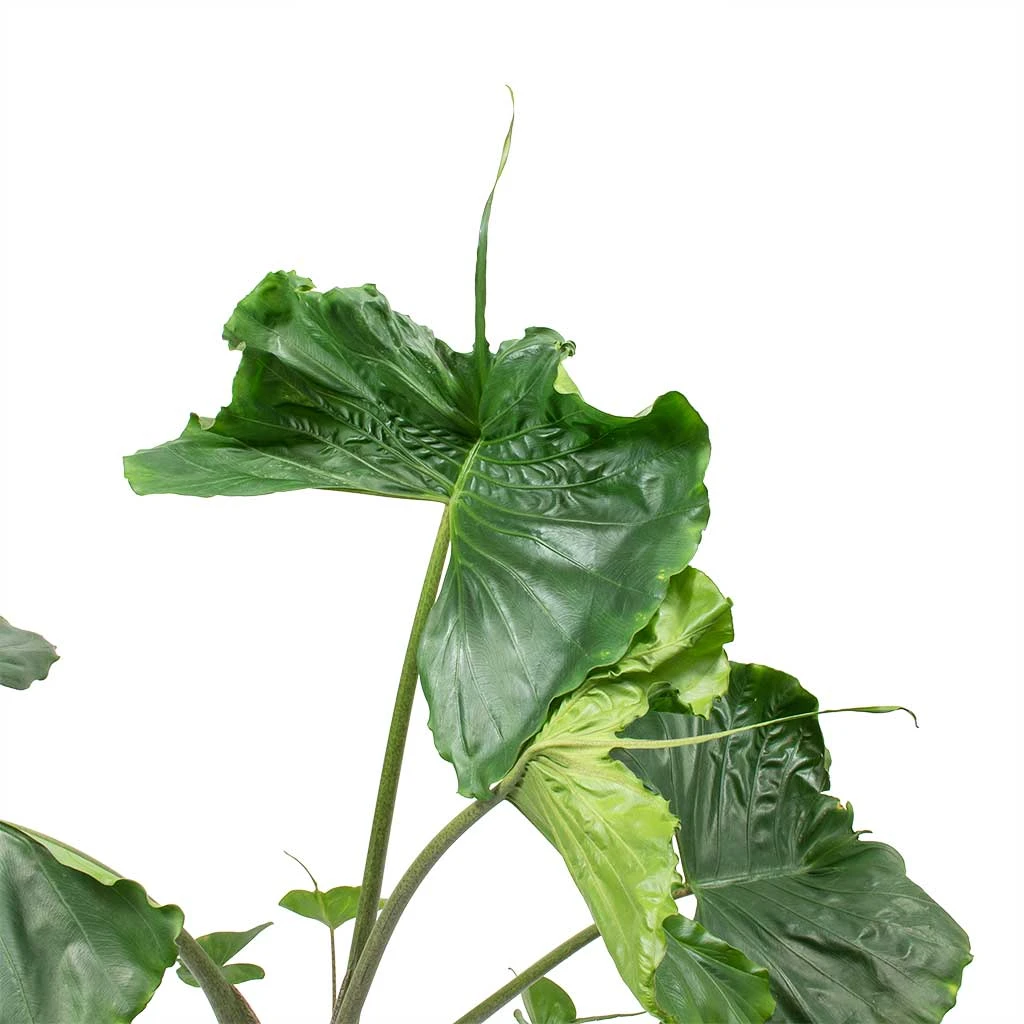

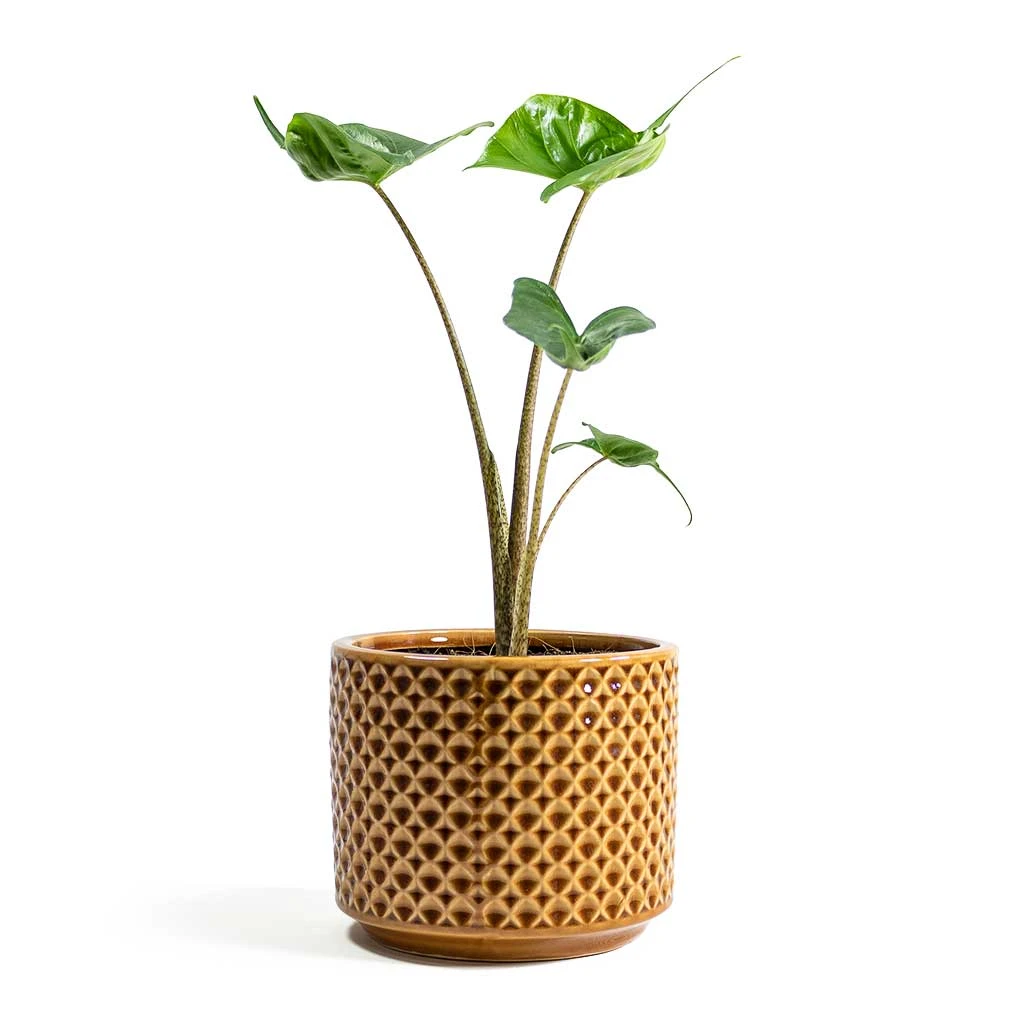


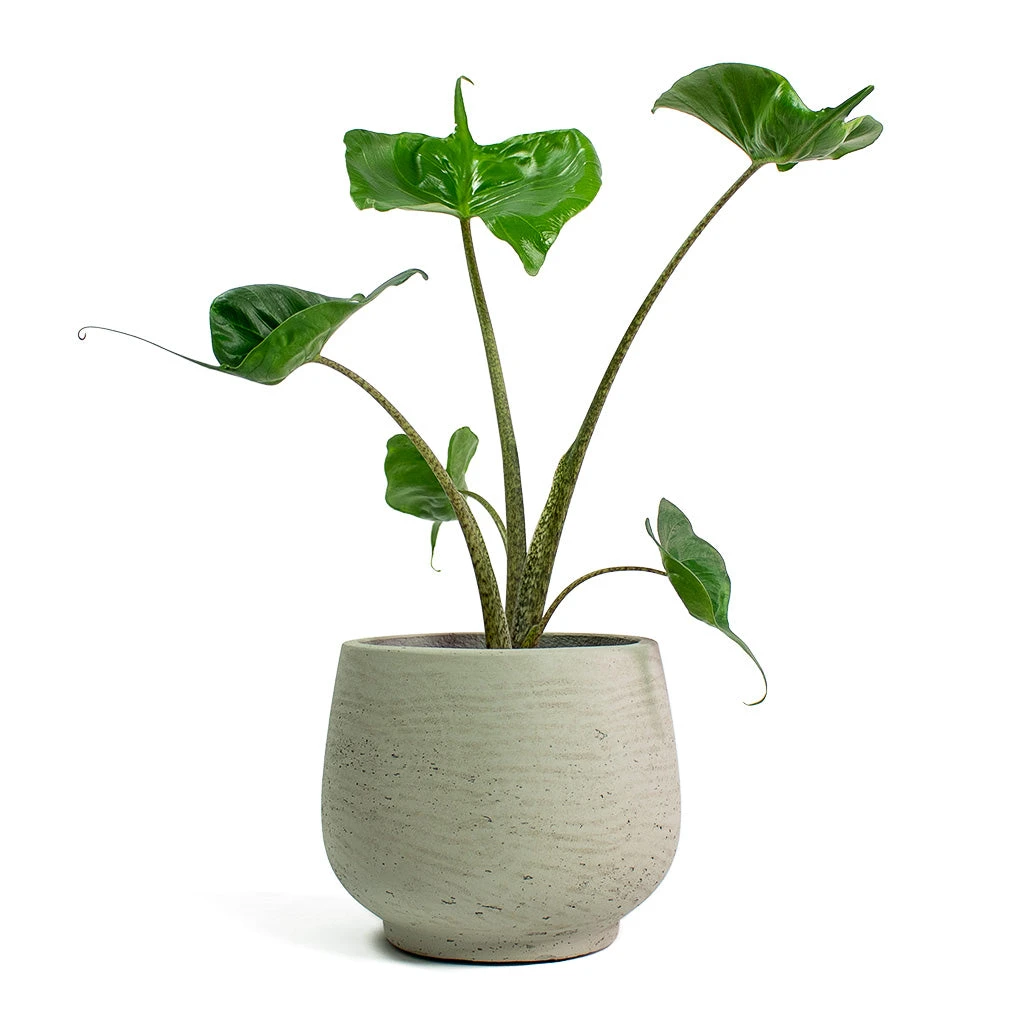

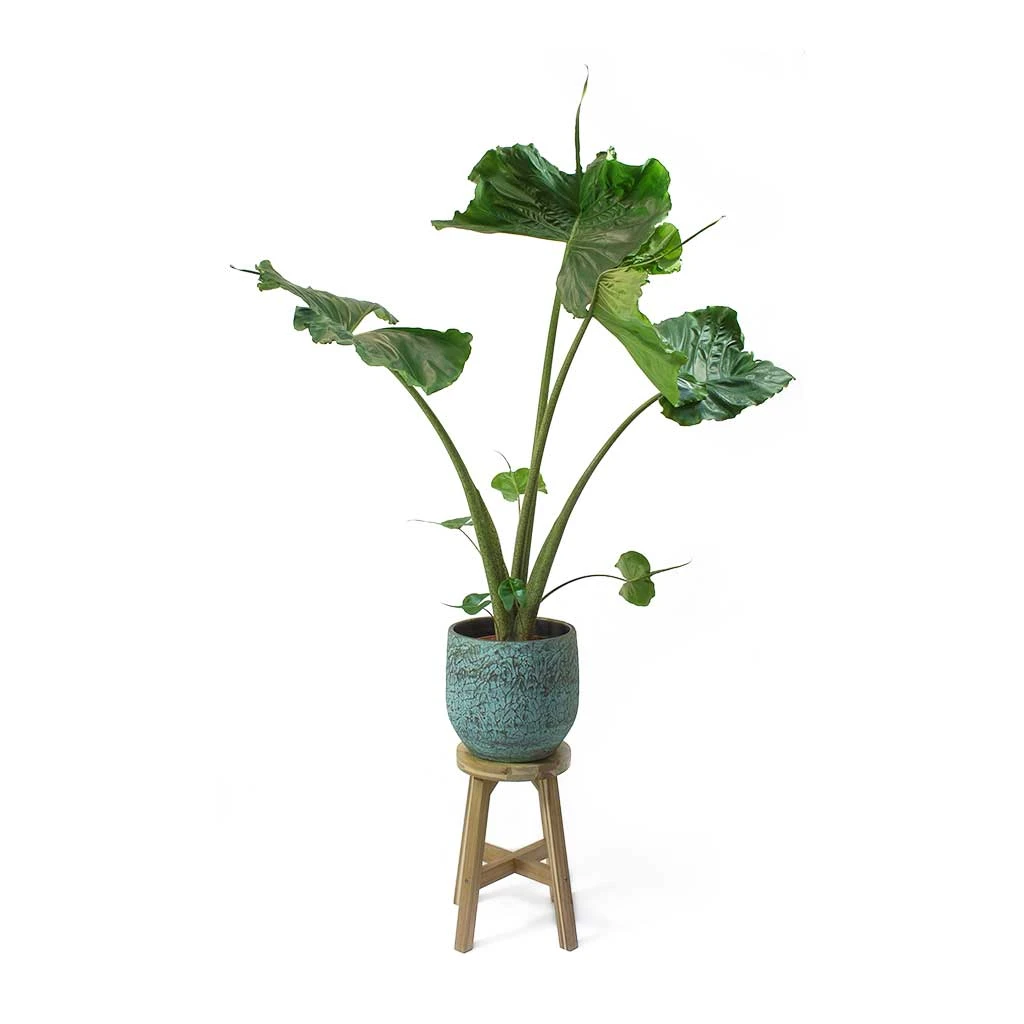

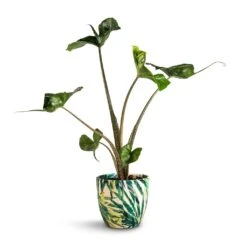


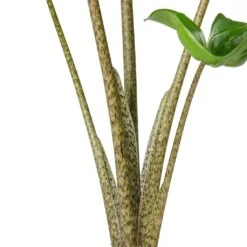

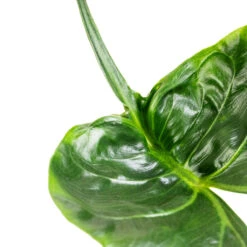


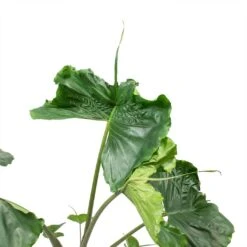
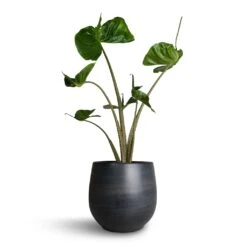


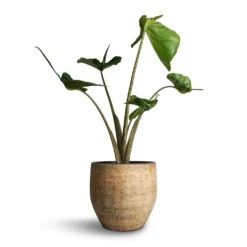
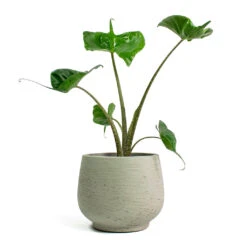

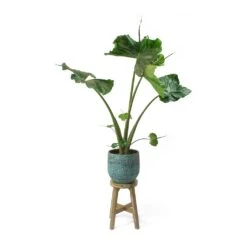

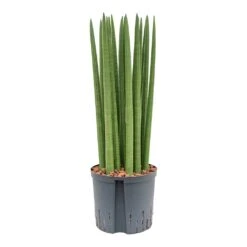

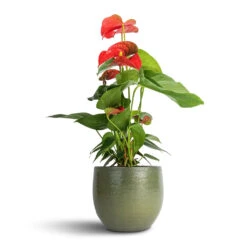
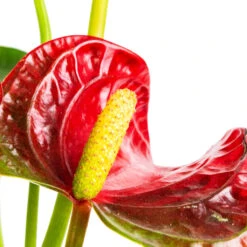




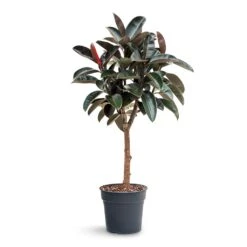

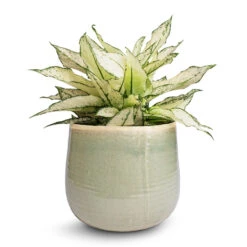
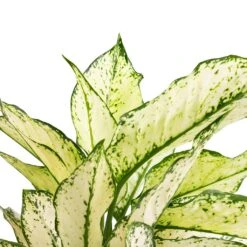

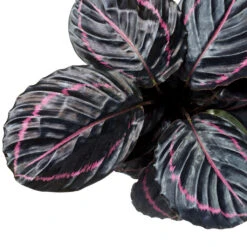
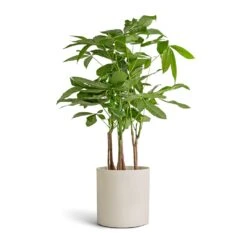

Reviews
There are no reviews yet.